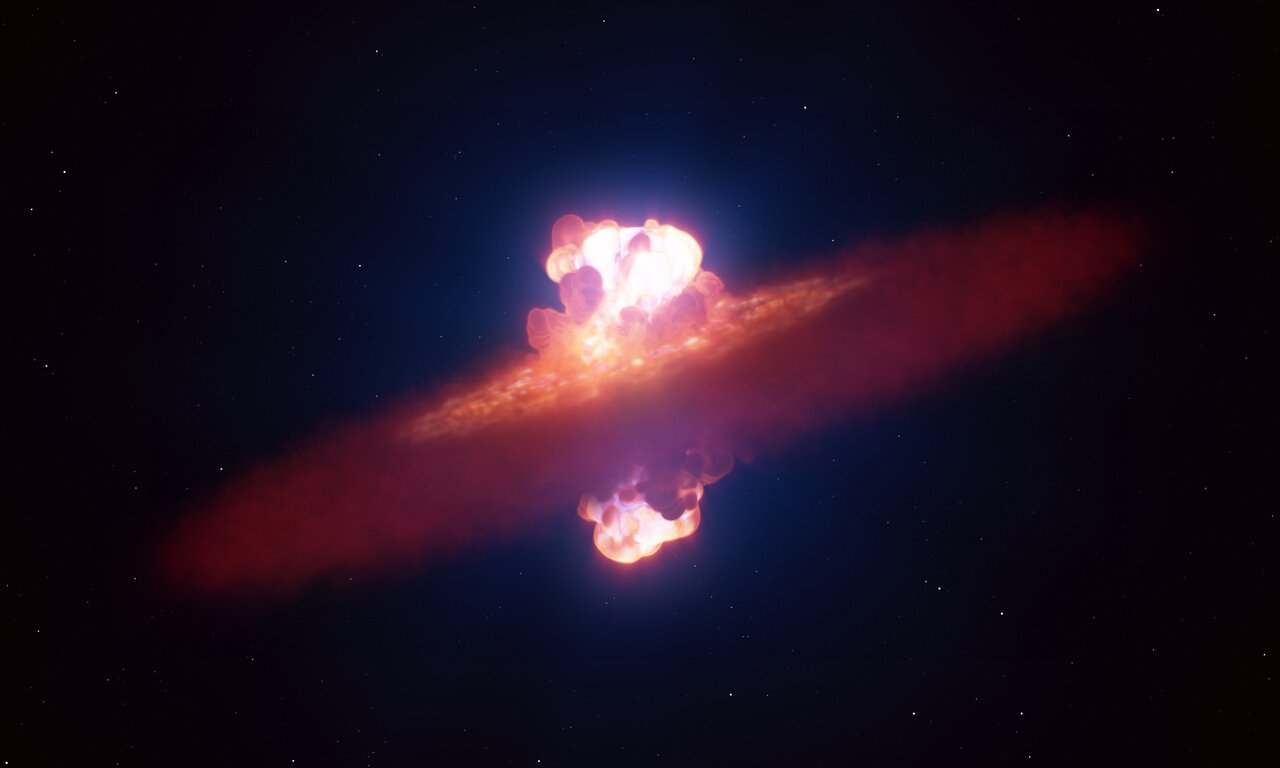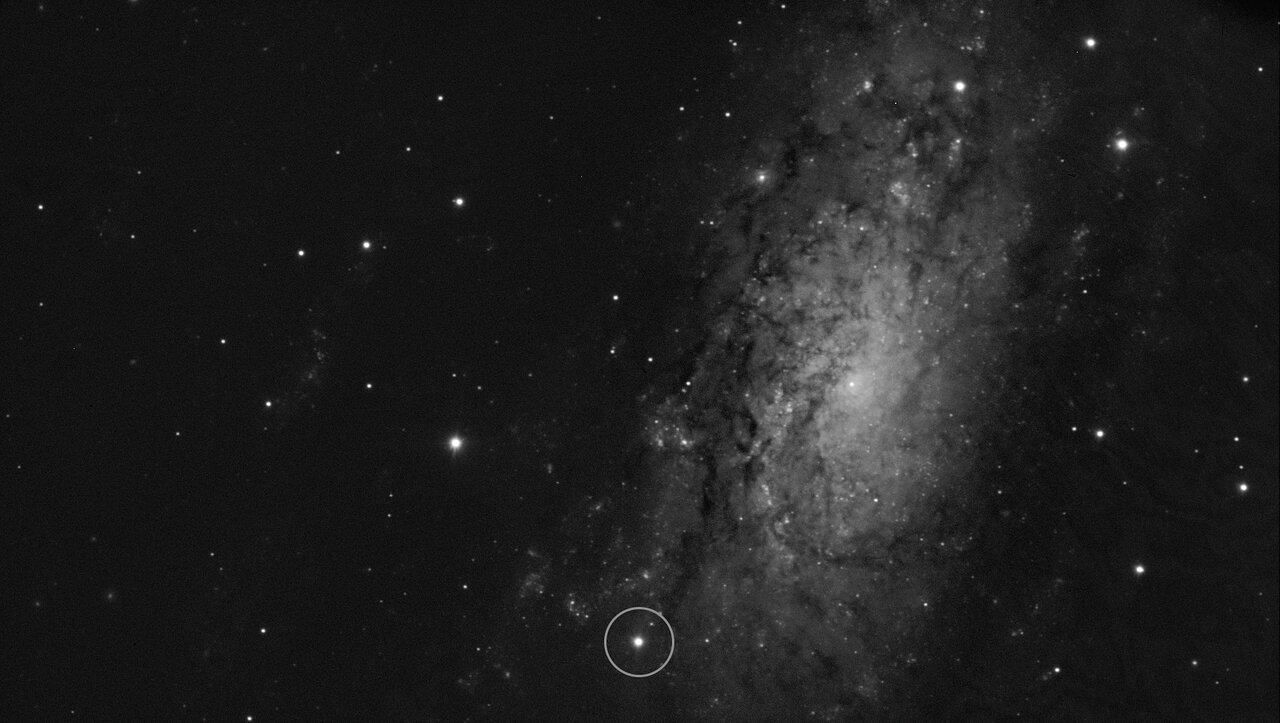For the first time ever, astronomers have unveiled the shape of a star’s explosion at its earliest stage.
The feat was achieved by ESO's Very Large Telescope just a day after the detection of this supernova, as the blast was breaking through the star’s surface.
This brief initial phase wouldn’t have been observable a day later. This will help shed light on how massive stars go supernova.
https://www.eso.org/public/news/eso2520/
Illustration: ESO/L. Calçada

